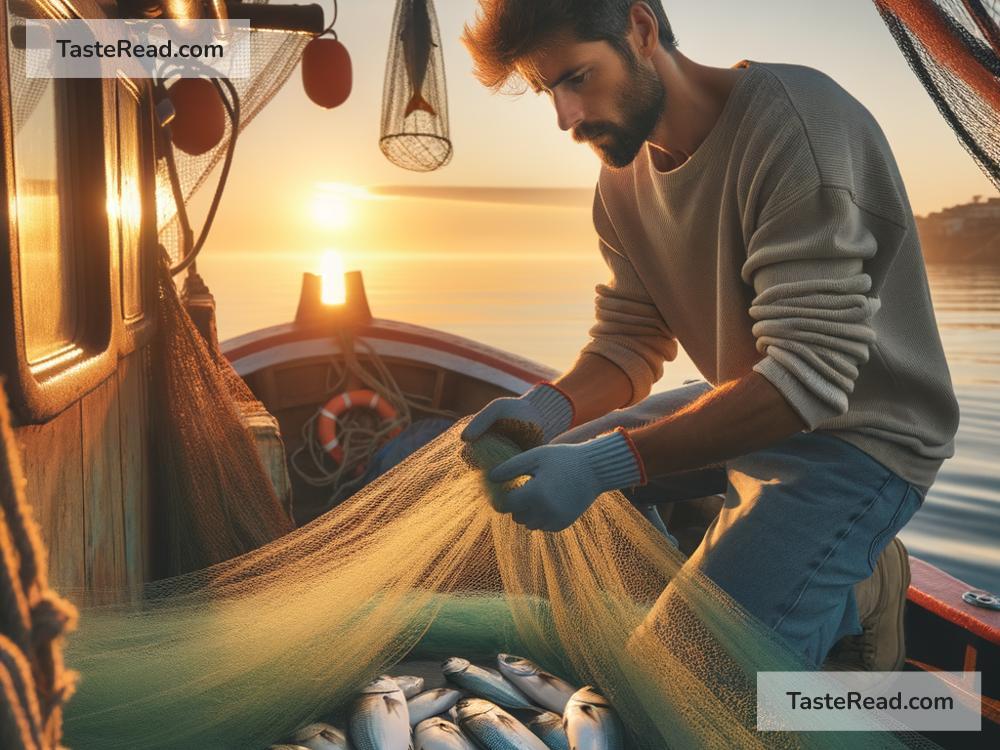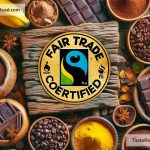Exploring the Role of Ethical Harvesting in Seafood
In recent years, there’s been a growing conversation around where our food comes from, particularly when it comes to seafood. Gone are the days when the biggest worry was if the fish on your plate was fresh. Today, more and more people are asking: Is my seafood ethically harvested?
So, what does “ethical harvesting” really mean, especially in the context of seafood? Simply put, it’s about catching or farming seafood in ways that are not harmful to the environment, ensure the well-being of workers, and provide a sustainable future for marine life. It’s a simple concept with complex challenges. Let’s dive in to understand why it matters and how it’s being put into practice.
Why Does Ethical Harvesting Matter?
The oceans are a source of life, providing not just food but also oxygen and regulating the climate. However, they are under threat from overfishing, pollution, and climate change. Ethical harvesting is crucial because it’s about protecting our oceans while providing us with the seafood we enjoy.
-
Environmental Protection: Ethical harvesting methods aim to minimize damage to marine ecosystems. This includes using fishing gear that doesn’t harm the ocean floor or catch unintended species (bycatch).
-
Sustainable Stocks: Overfishing is a serious problem. Ethical practices ensure that fish populations can replenish, ensuring that there will be enough fish for future generations.
-
Social Responsibility: Beyond environmental concerns, ethical harvesting also considers the human element. This means fair treatment and safe working conditions for those who catch and process our seafood.
How is Ethical Harvesting Practiced?
There are several ways the seafood industry is striving to become more ethical. Here’s a look at some key practices:
-
Sustainable Fishing Techniques: These are designed to catch targeted species while reducing bycatch. Methods like pole-and-line fishing or using nets designed to let smaller fish escape are examples.
-
Aquaculture (Fish Farming): When done responsibly, aquaculture can be a sustainable way to produce seafood. This involves breeding fish in controlled environments, where it’s easier to manage health and environmental impacts.
-
Fishery Improvement Projects (FIPs): These are collaborative efforts among businesses, non-profits, and fishers to improve fishing practices and management, working towards sustainability goals.
-
Marine Protected Areas (MPAs): MPAs limit human activities in critical areas, helping to replenish fish stocks and restore ecosystems.
The Certification and Labeling System
To help consumers make informed choices, there are certification programs that assess and verify ethical harvesting practices. The most well-known among these is probably the Marine Stewardship Council (MSC), which certifies wild-caught fish. The Aquaculture Stewardship Council (ASC) plays a similar role for farmed seafood. Look for their labels on seafood products as a sign of sustainable and ethical sourcing.
The Role of Consumers
As consumers, we play a crucial role in driving the demand for ethically harvested seafood. By choosing certified sustainable products, we encourage more seafood producers to adopt responsible practices. Here’s how you can contribute:
- Educate Yourself: Learn about the seafood you eat – where it comes from and how it’s caught or farmed.
- Look for Labels: Opt for products with sustainability certifications.
- Ask Questions: If you’re not sure about the source of the seafood, don’t hesitate to ask your fishmonger or restaurant about where and how it was obtained.
The Path Ahead
Adopting ethical harvesting practices is not an overnight change but a gradual shift. As technology advances and awareness grows, there are more opportunities to innovate and improve the ways we catch and farm seafood. It’s a path that requires participation from all stakeholders – from fishers to consumers, from policymakers to activists.
Remember, the choices we make at the seafood counter can have a profound impact on the health of our oceans and those who depend on them. By choosing responsibly, we contribute toward a future where the bounty of the sea is available for generations to come, achieved through respect, care, and sustainable practices.
In the end, ethical harvesting is about balancing our needs with those of the planet. It’s about finding harmony between enjoying the ocean’s resources and ensuring its vitality. As the demand for seafood continues to grow, let’s be mindful of our choices and the lasting impact they have on our blue planet.


